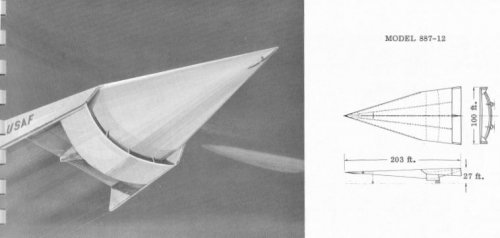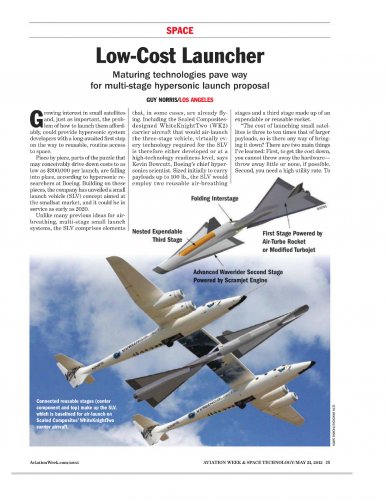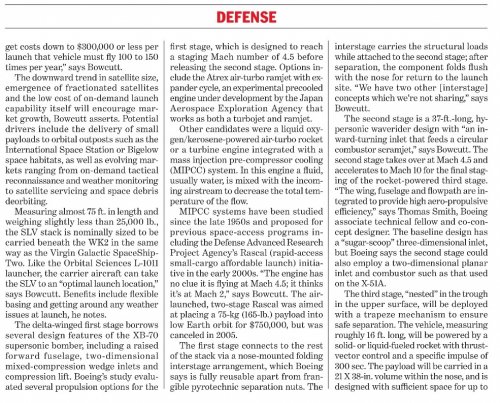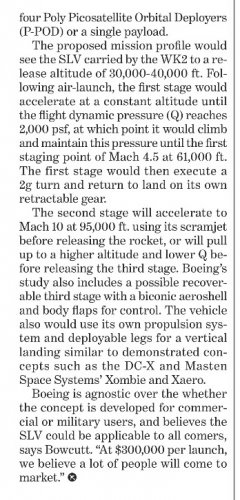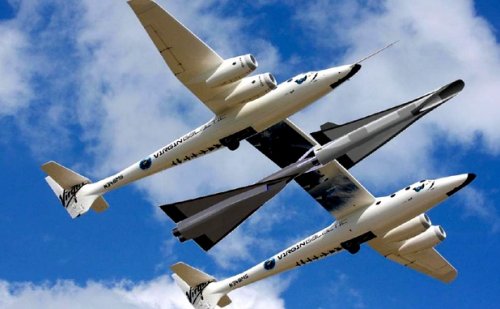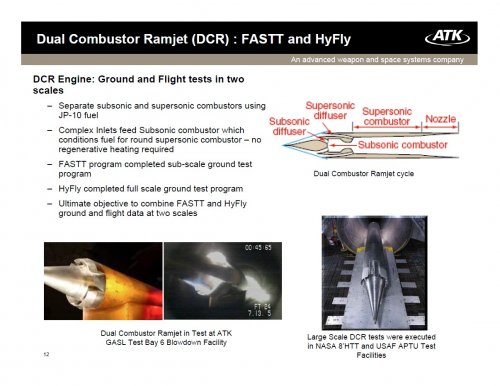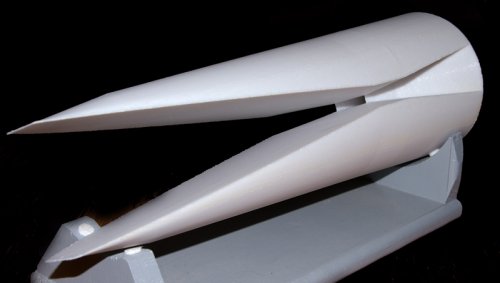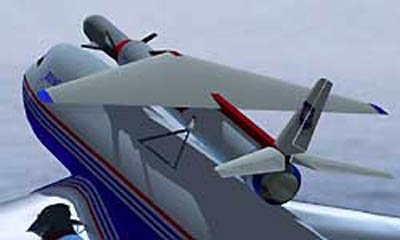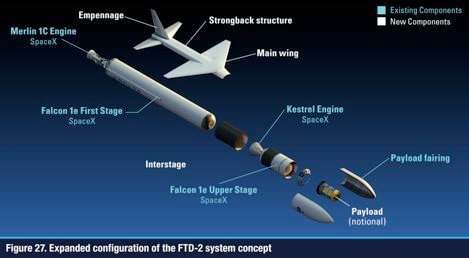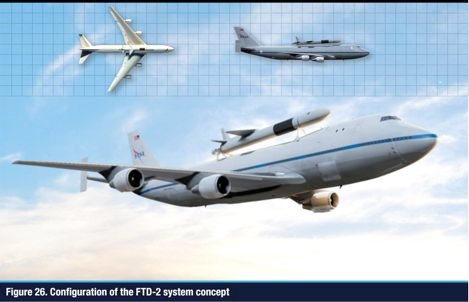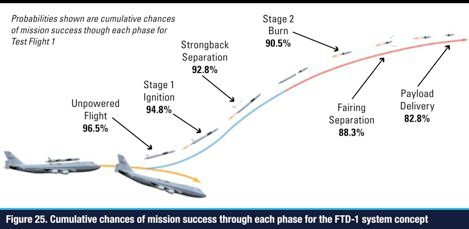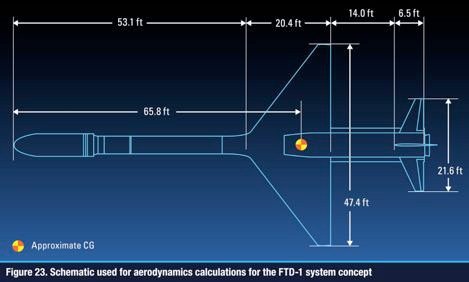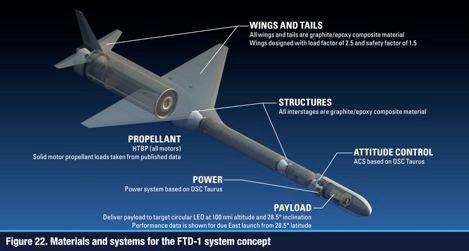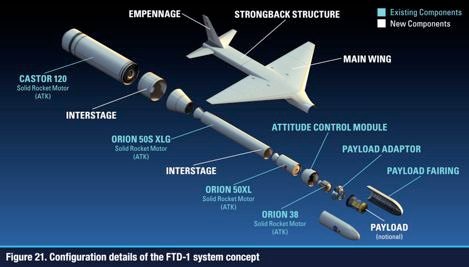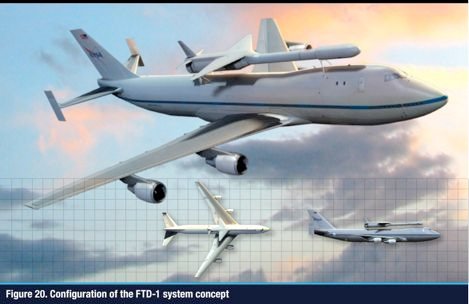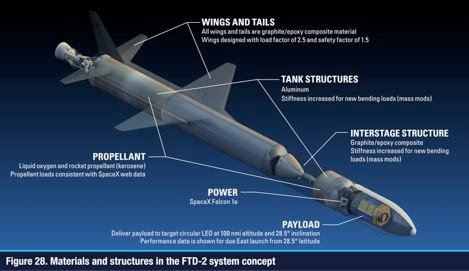XP67_Moonbat
ACCESS: Top Secret
- Joined
- 16 January 2008
- Messages
- 2,272
- Reaction score
- 544
Boeing's been looking at hypersonics for a while so I guess this new concept shouldn't really be a surprise. I just dug this concept from wayback:
http://up-ship.com/apr/extras/boasp1.jpg
Now, getting back to the subject at hand, here's a bit that's really getting me wondering. And I quote: "The first stage connects to the rest of the stack via a nose-mounted folding interstage arrangement, which Boeing says is fully reusable apart from frangible pyrotechnic separation nuts. The interstage carries the structural loads while attached to the second stage; after separation, the component folds flush with the nose for return to the launch site."
At first I was thinking well maybe it's kind of an over and under arrangement kinda like the Super Hustler. That didn't seem right. So then I'm since I'm picturing the second stage as kind of a mini-ASTROX, I figured well maybe the nose of our mini XB-70 fits inside Stage 2's exhaust. That still doesn't synch up with what the article said.
But the part about the folding interstage is what really has me guessing. Hmmmm.
http://up-ship.com/apr/extras/boasp1.jpg
Now, getting back to the subject at hand, here's a bit that's really getting me wondering. And I quote: "The first stage connects to the rest of the stack via a nose-mounted folding interstage arrangement, which Boeing says is fully reusable apart from frangible pyrotechnic separation nuts. The interstage carries the structural loads while attached to the second stage; after separation, the component folds flush with the nose for return to the launch site."
At first I was thinking well maybe it's kind of an over and under arrangement kinda like the Super Hustler. That didn't seem right. So then I'm since I'm picturing the second stage as kind of a mini-ASTROX, I figured well maybe the nose of our mini XB-70 fits inside Stage 2's exhaust. That still doesn't synch up with what the article said.
But the part about the folding interstage is what really has me guessing. Hmmmm.

